Ependymoma
Citation, DOI, disclosures and article data
At the time the article was created Frank Gaillard had no recorded disclosures.
View Frank Gaillard's current disclosuresAt the time the article was last revised Pardeep Singh Villocero Basi had no financial relationships to ineligible companies to disclose.
View Pardeep Singh Villocero Basi's current disclosures- Ependymomas
Ependymomas represent a relatively broad group of glial tumours with ependymal differentiation. They often arise from or near the lining of the ventricles of the brain or the central canal of the spinal cord but also occur within the brain parenchyma.
On this page:
Images:
Terminology
The unqualified term "ependymoma" should be used somewhat carefully as the entities included in this term vary in the literature and clinical practice. Generally, it is best to be specific, using the terminology of the WHO classification (see below). The five tumours included under the heading of "ependymal tumours" vary greatly in location, demographics, imaging features, histology, molecular characteristics, treatment and prognosis. They are, therefore, best thought of and discussed as separate entities.
Epidemiology
Overall, ependymomas have a bimodal distribution, with peaks in childhood and again later in adulthood. The incidence of different tumour types and locations varies greatly, with posterior fossa ependymomas predominating in childhood and spinal ependymomas in adulthood 20-21.
Classification
Ependymal tumours can occur anywhere within the neuraxis; however, the distribution, histology and molecular characteristics, including DNA methylation profiling, are fairly site-dependent. As such the 5th edition (2021) WHO classification divides ependymal tumours into five distinct entities; three based on location, further subdivided according to molecular characteristics, and two other specific entities 11,13,15,18.
-
posterior fossa group A (PFA) ependymoma
posterior fossa group B (PFB) ependymoma
-
supratentorial ependymoma, ZFTA fusion-positive
supratentorial ependymoma, YAP1 fusion-positive
-
spinal ependymoma, MYCN-amplified
-
almost exclusively spinal, most commonly within or caudal to the conus medullaris
-
most commonly in the intracranial ventricles, but sometimes also in the spinal cord 18
References
- 1. Maldjian J & Patel R. Cerebral Neoplasms in Adults. Semin Roentgenol. 1999;34(2):102-22. doi:10.1016/s0037-198x(99)80025-x - Pubmed
- 2. Mermuys K, Jeuris W, Vanhoenacker PK et-al. Best cases from the AFIP: supratentorial ependymoma. Radiographics. 25 (2): 486-90. doi:10.1148/rg.252045095 - Pubmed citation
- 3. Prince M & Chew F. Ependymoma of the Fourth Ventricle. AJR Am J Roentgenol. 1991;157(6):1278. doi:10.2214/ajr.157.6.1950882 - Pubmed
- 4. Spoto GP, Press GA, Hesselink JR et-al. Intracranial ependymoma and subependymoma: MR manifestations. AJR Am J Roentgenol. 1990;154 (4): 837-45. AJR Am J Roentgenol (abstract) - Pubmed citation
- 5. Koeller KK, Sandberg GD. From the archives of the AFIP. Cerebral intraventricular neoplasms: radiologic-pathologic correlation. Radiographics. 22 (6): 1473-505. doi:10.1148/rg.226025118 - Pubmed citation
- 6. Yuh EL, Barkovich AJ, Gupta N. Imaging of ependymomas: MRI and CT. Childs Nerv Syst. 2009;25 (10): 1203-13. doi:10.1007/s00381-009-0878-7 - Free text at pubmed - Pubmed citation
- 7. Smith A, Smirniotopoulos J, Horkanyne-Szakaly I. From the Radiologic Pathology Archives: Intraventricular Neoplasms: Radiologic-Pathologic Correlation. Radiographics. 2013;33(1):21-43. doi:10.1148/rg.331125192 - Pubmed
- 8. Wippold F & Perry A. Neuropathology for the Neuroradiologist: Rosettes and Pseudorosettes. AJNR Am J Neuroradiol. 2006;27(3):488-92. PMC7976948 - Pubmed
- 9. Taylor MD, Poppleton H, Fuller C et-al. Radial glia cells are candidate stem cells of ependymoma. Cancer Cell. 2005;8 (4): 323-35. doi:10.1016/j.ccr.2005.09.001 - Pubmed citation
- 10. Poppleton H & Gilbertson R. Stem Cells of Ependymoma. Br J Cancer. 2007;96(1):6-10. doi:10.1038/sj.bjc.6603519 - Pubmed
- 11. David N. Louis, Hiroko Ohgaki, Otmar D. Wiestler et al. WHO Classification of Tumours of the Central Nervous System. (2016) ISBN: 9789283244929 - Google Books
- 12. Françoise Gray, Frangoise Gray, Charles Duyckaerts et al. Escourolle and Poirier's Manual of Basic Neuropathology. (2013) ISBN: 9780199929054 - Google Books
- 13. AlRayahi J, Zapotocky M, Ramaswamy V et al. Pediatric Brain Tumor Genetics: What Radiologists Need to Know. Radiographics. 2018;38(7):2102-22. doi:10.1148/rg.2018180109 - Pubmed
- 14. Alzahrani A, Alassiri A, Kashgari A, Alrehaili J, Alshaalan H, Zakzouk R. Extraneural Metastasis of an Ependymoma: A Rare Occurrence. Neuroradiol J. 2014;27(2):175-8. doi:10.15274/NRJ-2014-10017 - Pubmed
- 15. Ellison D, Aldape K, Capper D et al. CIMPACT‐NOW Update 7: Advancing the Molecular Classification of Ependymal Tumors. Brain Pathol. 2020;30(5):863-6. doi:10.1111/bpa.12866 - Pubmed
- 16. O'Donnell K, Tsui A, Drummond K, Gaillard F. Intraparenchymal Infratentorial Ependymoma. J Clin Neurosci. 2016;24:158-9. doi:10.1016/j.jocn.2015.08.022 - Pubmed
- 17. Gonzalez Castro L & Wesseling P. The CIMPACT-NOW Updates and Their Significance to Current Neuro-Oncology Practice. Neuro-Oncology Practice. 2020;8(1):4-10. doi:10.1093/nop/npaa055 - Pubmed
- 18. Louis D, Perry A, Wesseling P et al. The 2021 WHO Classification of Tumors of the Central Nervous System: A Summary. Neuro-Oncology. 2021;23(8):1231-51. doi:10.1093/neuonc/noab106 - Pubmed
- 19. Venneti S, Pietsch T, Aldape K, Pajtler KW, Ramaswamy V, Taylor MD, posterior fossa ependymoma. In: WHO Classification of Tumours Editorial Board. Central nervous system tumours. Lyon (France): International Agency for Research on Cancer; 2021. (WHO classification of tumours series, 5th ed.; vol. 6). https://publications.iarc.fr/601
- 20. McGuire C, Sainani K, Fisher P. Incidence Patterns for Ependymoma: A Surveillance, Epidemiology, and End Results Study. JNS. 2009;110(4):725-9. doi:10.3171/2008.9.jns08117 - Pubmed
- 21. Elsamadicy A, Koo A, David W et al. Comparison of Epidemiology, Treatments, and Outcomes in Pediatric Versus Adult Ependymoma. Neuro-Oncology Advances. 2020;2(1):vdaa019. doi:10.1093/noajnl/vdaa019 - Pubmed
Incoming Links
- Vestibular schwannoma
- Calcified glial tumours (mnemonic)
- Myo-inositol peak
- Infant-type hemispheric glioma
- Intraventricular haemorrhage
- Intraventricular meningioma
- Neurofibromatosis type 2
- Sugar coating
- Paediatric curriculum
- Leptomeningeal metastases
- Cerebral cavernous venous malformation
- Supratentorial ependymoma
- Cerebellopontine angle mass
- Arachnoiditis
- Neurofibromatosis type 2 (mnemonic)
- Paediatric posterior fossa tumours (mnemonic)
- Astroblastoma, MN1-altered
- Primitive neuroectodermal tumour of the CNS (historical)
- Drop metastases (mnemonic)
- Clear cell meningioma
- Medulloblastoma with CSF seeding
- Ependymoma
- Ependymoma
- Myxopapillary ependymoma
- Ependymoma
- Medulloblastoma
- Cerebellar haemangioblastoma
- Intraventricular meningioma
- Cervical spine ependymoma
- Posterior fossa ependymoma
- Medulloblastoma
- Ependymoma
- Medulloblastoma
- Medulloblastoma
- Medulloblastoma
- Posterior fossa ependymoma
- Spinal ependymoma
- Spinal ependymoma
- Central neurocytoma
- Mixed Subependymoma/Ependymoma
- Question 2383
- Question 2141
- Question 2067
- Question 1967
- Question 1163
- Question 1162
- Question 1161
- Question 689
- Question 540
- Question 539
- Question 538
- Question 537
- Question 536
- Question 535
- Question 534
- Question 526
- Question 525
- Question 524
- Question 523
- Question 517
Related articles: Central nervous system tumours
-
WHO classification of CNS tumours
- gliomas, glioneuronal tumours, and neuronal tumours
- adult-type diffuse gliomas
- paediatric-type diffuse low-grade gliomas
- diffuse astrocytoma, MYB- or MYBL1-altered
- angiocentric glioma
- polymorphous low-grade neuroepithelial tumour of the young
- diffuse low-grade glioma, MAPK pathway-altered
- paediatric-type diffuse high-grade gliomas
- diffuse midline glioma, H3 K27-altered
- diffuse hemispheric glioma, H3 G34-mutant
- diffuse paediatric-type high-grade glioma, H3-wildtype and IDH-wildtype
- infant-type hemispheric glioma
- circumscribed astrocytic gliomas
- glioneuronal and neuronal tumours
- ganglioglioma
- desmoplastic infantile ganglioglioma/astrocytoma
- dysembryoplastic neuroepithelial tumour
- diffuse glioneuronal tumour with oligodendroglioma-like features and nuclear clusters (provisional inclusion)
- papillary glioneuronal tumour
- rosette-forming glioneuronal tumour
- myxoid glioneuronal tumour
- diffuse leptomeningeal glioneuronal tumour
- gangliocytoma
- multinodular and vacuolating neuronal tumour
- dysplastic cerebellar gangliocytoma (Lhermitte-Duclos disease)
- central neurocytoma
- extraventricular neurocytoma
- cerebellar liponeurocytoma
- ependymal tumours
- supratentorial ependymoma
- supratentorial ependymoma, ZFTA fusion-positive
- supratentorial ependymoma, YAP1 fusion-positive
- posterior fossa ependymoma
- posterior fossa group A (PFA) ependymoma
- posterior fossa group B (PFB) ependymoma
- spinal ependymoma
- spinal ependymoma, MYCN-amplified
- myxopapillary ependymoma
- subependymoma
- choroid plexus tumours
- embryonal tumours
-
medulloblastoma
- medulloblastomas, molecularly defined
- medulloblastoma, WNT-activated
- medulloblastoma, SHH-activated and TP53-wildtype
- medulloblastoma, SHH-activated and TP53-mutant
- medulloblastoma, non-WNT/non-SHH
- medulloblastomas, histologically defined
- medulloblastomas, molecularly defined
- other CNS embryonal tumours
- atypical teratoid/rhabdoid tumour
- cribriform neuroepithelial tumour (provisional inclusion)
- embryonal tumour with multilayered rosettes (ETMR)
- CNS neuroblastoma, FOXR2-activated
- CNS tumour with BCOR internal tandem duplication
- CNS embryonal tumour
-
medulloblastoma
- pineal tumours
- cranial and paraspinal nerve tumours
- meningioma
- mesenchymal, non-meningothelial tumours
- soft tissue tumours
- fibroblastic and myofibroblastic tumours
- solitary fibrous tumour of the dura (intracranial)
- solitary fibrous tumour of the dura (spinal cord)
- fibroblastic and myofibroblastic tumours
- melanocytic tumours
- diffuse meningeal melanocytic neoplasms
- circumscribed meningeal melanocytic neoplasms
- soft tissue tumours
- hematolymphoid tumours
- histiocytic tumours
- intracranial germ cell tumours
- tumours of the sellar region
- metastases to the CNS
- gliomas, glioneuronal tumours, and neuronal tumours
- VASARI MRI feature set
-
diffuse astrocytoma grading
- Modified Ringertz grading system (historical
- Kernohan grading system (historical)
- St.Anne-Mayo grading system (historical)
- WHO grading system
- treatment response
Related articles: Posterior fossa tumour
- intra-axial
- extra-axial
- intraventricular


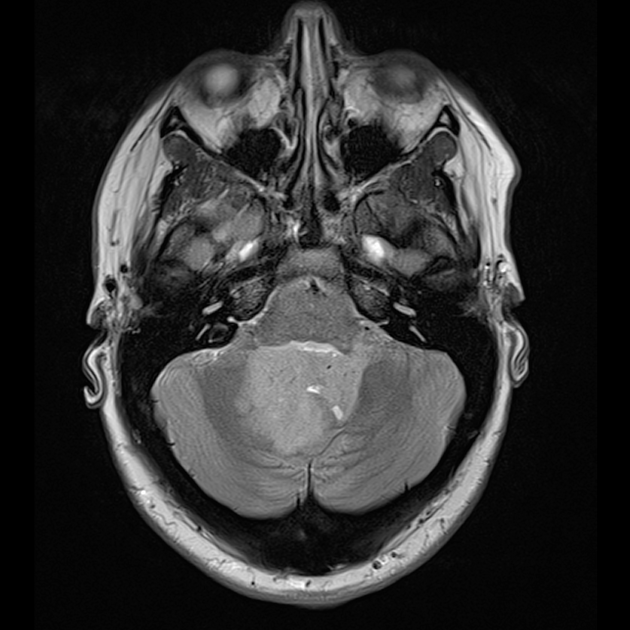
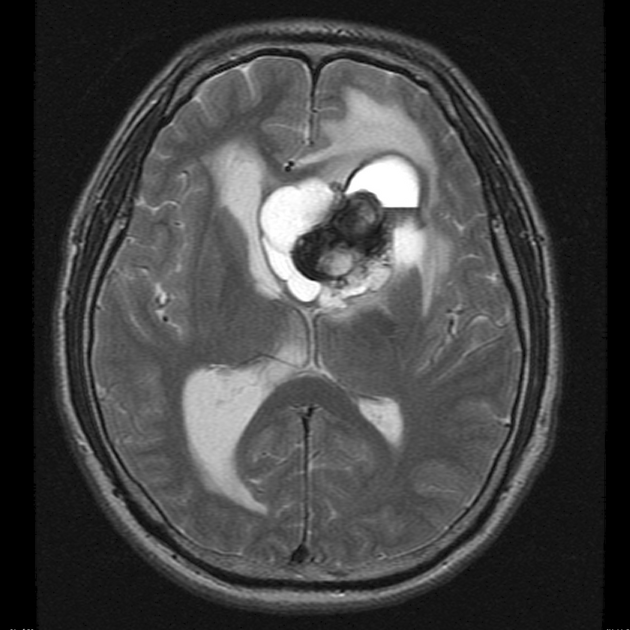
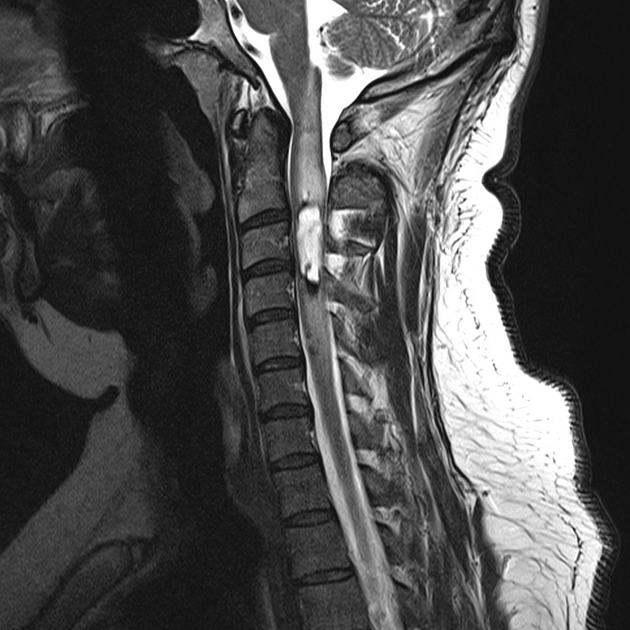
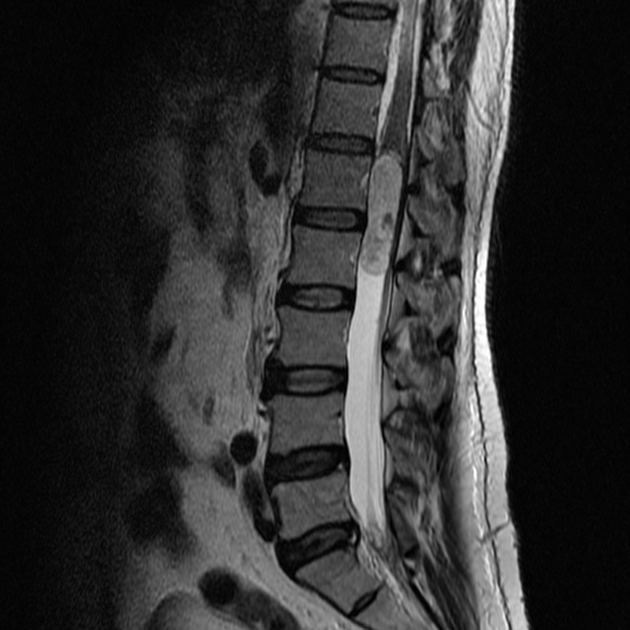
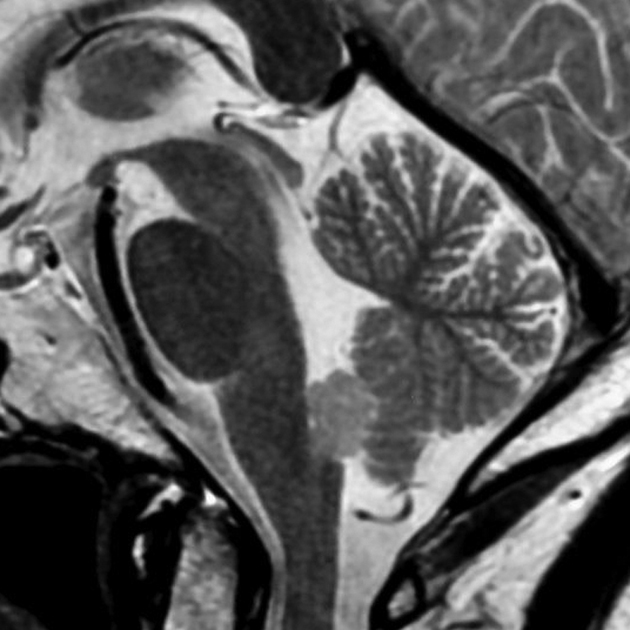


 Unable to process the form. Check for errors and try again.
Unable to process the form. Check for errors and try again.